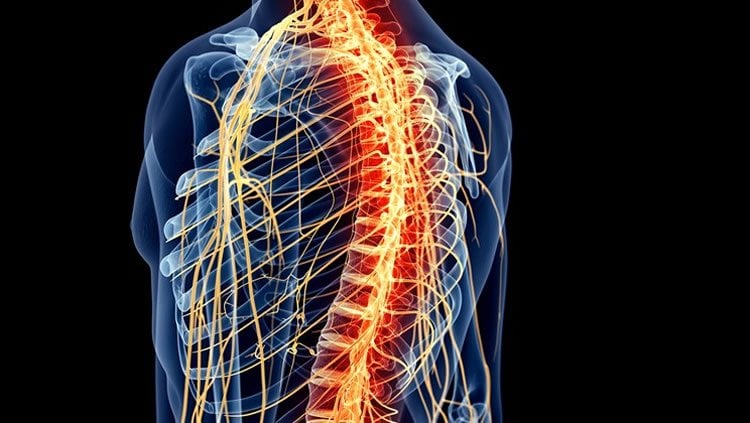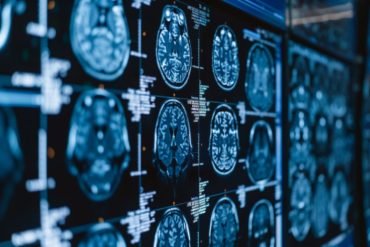Scientists have long known that the central nervous system (CNS) has a remarkable ability to limit excessive inflammation in the presence of antigens or injury, but how it works has been unclear. Now, Yale researchers have identified a mechanism that offers this new insight into this protective effect. The findings were described in the April 8 journal of Science Advances.
Until now, the prevailing theory has been that the blood brain barrier provided the protective effect by preventing immune cells and molecules from entering the brain. However, when inflammation does occur, the brain has a way other than the blood brain barrier of slowing or stopping it, the Yale team observed.
Just as humans communicate using language, cells communicate using cell surface molecules and soluble proteins. And it is a particular conversation between a protein known as HVEM (herpes virus entry mediator) and SALM5, a molecule mainly found in neuronal cells, that suppresses CNS inflammation, said senior author on the paper, Lieping Chen, MD, PhD United Technologies Corporation Professor in Cancer Research, professor of immunobiology, dermatology, and medicine (medical oncology); and co-director, cancer immunology program at Yale Cancer Center.
“We’ve identified a key molecular pathway that may control CNS inflammation and provide evidence that this pathway could be manipulated by a monoclonal antibody to enhance immune response,” Chen said. “Also, we developed a new receptor array technology to identify the interaction between HVEM and SALM5. Both discoveries could be applied to the study of other pathways in the search for new therapies.”

Chen said his team’s interpretation opens the way for new drugs that can control CNS disease, including brain tumors. Specifically, using a strategy similar the anti-PD1/anti-PDL1 therapy developed in his lab many years ago to promote immune response in other human cancers.
Source: Renee Elizabeth Gaudette – Yale
Image Credit: Image is adapted from the Yale press release.
Original Research: Abstract for “Neuron-specific SALM5 limits inflammation in the CNS via its interaction with HVEM” by Yuwen Zhu, Sheng Yao, Mathew M. Augustine, Haiying Xu, Jun Wang, Jingwei Sun, Megan Broadwater, William Ruff, Liqun Luo, Gefeng Zhu, Koji Tamada and Lieping Chen in Scientific Advances. Published online April 8 2016 doi:10.1126/sciadv.1500637
Abstract
Neuron-specific SALM5 limits inflammation in the CNS via its interaction with HVEM
The central nervous system (CNS) is an immune-privileged organ with the capacity to prevent excessive inflammation. Aside from the blood-brain barrier, active immunosuppressive mechanisms remain largely unknown. We report that a neuron-specific molecule, synaptic adhesion-like molecule 5 (SALM5), is a crucial contributor to CNS immune privilege. We found that SALM5 suppressed lipopolysaccharide-induced inflammatory responses in the CNS and that a SALM-specific monoclonal antibody promoted inflammation in the CNS, and thereby aggravated clinical symptoms of mouse experimental autoimmune encephalomyelitis. In addition, we identified herpes virus entry mediator as a functional receptor that mediates SALM5’s suppressive function. Our findings reveal a molecular link between the neuronal system and the immune system, and provide potential therapeutic targets for the control of CNS diseases.
“Neuron-specific SALM5 limits inflammation in the CNS via its interaction with HVEM” by Yuwen Zhu, Sheng Yao, Mathew M. Augustine, Haiying Xu, Jun Wang, Jingwei Sun, Megan Broadwater, William Ruff, Liqun Luo, Gefeng Zhu, Koji Tamada and Lieping Chen in Scientific Advances. Published online April 8 2016 doi:10.1126/sciadv.1500637







